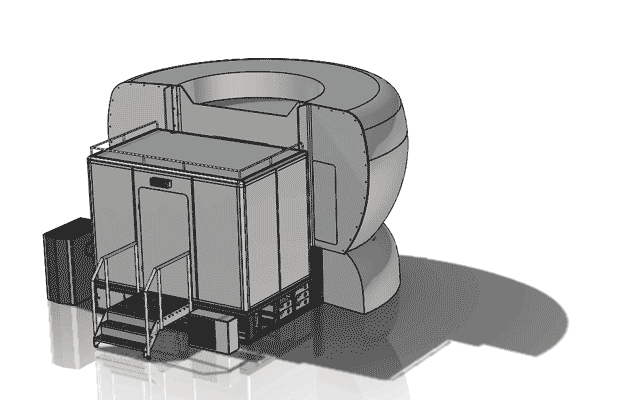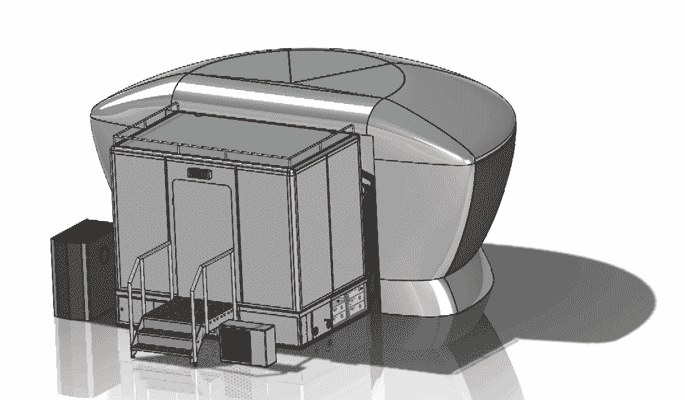The MPS team has written an extensive White Paper titled “NPA 2020-15: Opportunities for high-fidelity FTDs in type specific flight crew training” based upon the EASA Notice of Proposed Amendment (NPA) 2020-15 which was published in December 2020. Previously, our team has provided the foreword of the white paper as well as a commercial analysis which examined the economic impacts of NPA 2020-15. In this blog, the regulatory impact will be explained in brief.
Currently, there are approximately 1400 FSTD’s for aeroplanes in EASA member states and in third countries where EASA acts as the Competent Authority. About 57% of these are FFS and 35% FNPT. The number of FTD’s is 111 devices (or 8%), of which a substantial amount have been manufactured by MPS.
With the projected offloading of the FFS to an FTD in pilot training, we expect that over time, there will be a substantial increase of the amount of required FTD’s. The future view is that an FFS will be surrounded and supported by between 5 to 10 “Lower Level Devices”, compared to a ratio of 1 to 1 currently.
If an MPS FTD is currently used in Type Rating Training, Testing and/or Checking, the FTD will over time be recertified to comply with the new guidance and Certification Specifications from EASA. For this purpose, the Competent Authority of the ATO will establish the FCS of the MPS FTD, which can be done as a desktop review by the Authority or combined with an already scheduled requalification. A new FSTD qualification certificate will be issued for the device, which includes an Equipment and Specifications List (ESL). If the FSTD Capability Signature (FCS) matches with the training task as per part-FCL AMC to Appendix B, the MPS FTD can immediately be used for the training task.
If the FSTD is not used in Type Rating Training, Testing and/or Checking, then an FCS is not required. When a new FSTD qualification certificate is issued by the CA, an organization operating an FSTD (e.g., FNPT) can ask to have an FSC assigned on a voluntary basis. The required ESL would then be used to prove the suitability of the device for the specific areas of training sought.
After adoption of the regulations proposed in the NPA, when a new FSTD is offered for qualification, the CA will perform its initial evaluation of the FSTD FSC according to the new requirements of the then-current CS-FSTD issue. The CA will issue a new FSTD qualification certificate with the assessed FCS and an ESL.
We currently do not see any short-term benefits for FNPT-only qualified devices in terms of increase of training credits until a paradigm shift is introduced for all types of training.
The regulatory impact of EASA NPA 2020-15 is further explained in the MPS White Paper, in which our team also identifies global trends, restrictions, regulations and opportunities. It provides you with the background on what the current requirements are, where we are headed and why that is important to you. If you feel your training organization could benefit from the value of this MPS White Paper and you would like to receive a full copy to share amongst your colleagues, please contact Erik Jennes, MPS Chief Commercial Officer, at Erik.Jennes@mps.aero.


